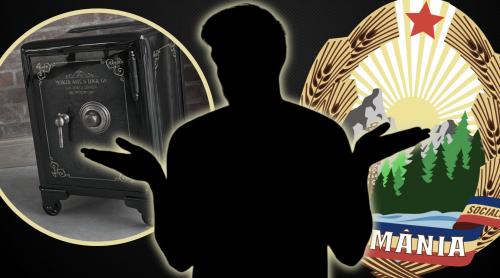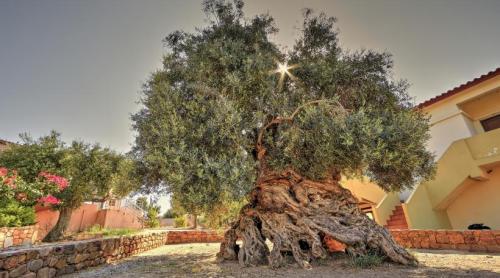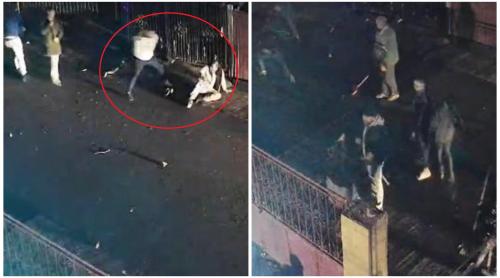
Four kilometers away from the Vidraru Lake, up on a peak, at 860 meters up in the mountains, the Poienari Citadel stands as the place where Vlad Tepes retired out of the way of the Turks. The rulerâs refugee place is hidden in all kind of stories.
Four kilometers away from the Vidraru Lake, up on a peak, at 860 meters up in the mountains, the Poienari Citadel stands as the place where Vlad Tepes retired out of the way of the Turks. The rulerâs refugee place is hidden in all kind of stories. Coming closer to the Cetatuia Peak, one can see the stronghold far in the mountains. Getting to its thick walls takes huge effort these days as well, because one has to conquer the 1,480 stairs built in the hillâs coast. The light hardly goes through the treesâ branches hiding in the shadow the stairs that until 1972, when the stronghold was restored, were only a path made by Tepesâs horse. Emptied of life and pierced with grass, the stronghold has only to resist to nowadaysâ rains and punks, to the anger of Pompiliu Stan, its keeper. THE LOOPHOLES. For 35 years, Mr. Pompiliu has been its "supervisor", as his chest nameplate says, and sees that the tourists pay the visiting fee, 20,000 lei. The old man walks every day 7 kilometers to get to work, as he comes from the Arefu village. He goes with the "moto-coach" to Capatanenii Pamantului, and then he walks. Every day he climbs the stairs to his "office", a little house surrounded by a concrete fence, with a bedroom, a kitchen and a bathroom, near the rustic bridge by the entrance in the fortress. Approximately 4,000 tourists visit the citadel every year. Pompilui seems to be offended by the legends regarding his workplace: "The foreigners come and ask about the phantoms and the skeletons found under the walls, but I can tell you thereâs nothing like that in here". The storms are the only ones to fear up there, because there are times when it rains so hard that "one can hardly see anything". HARASOAICA. The legend says the ruler, while running away from the Turks, passed through the city called today Arefu. Pompiliu thinks the name comes from the Dobra Harasoaica gipsy, who seems to have saved the ruler when he was looking for a way to get away from the Turks. The people cannot remember whether Harasoaica or the seven wise men helped him. Most of them say Tepes had been advised to wangle his horse in the opposite way. Others believe the ruler retired in the stronghold and the followers had been double-crossed and had fallen in a trap.
Citește pe Antena3.ro














